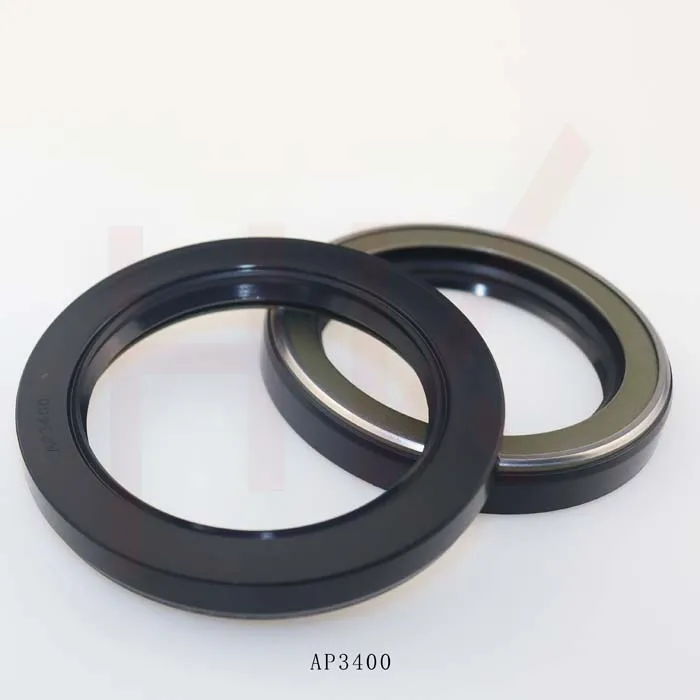10 月 . 03, 2024 01:19 Back to list
Hydraulic Cylinder Seal Restoration Techniques for Enhanced Performance and Longevity
Hydraulic Cylinder Seal Repair A Comprehensive Guide
Hydraulic systems are integral to a wide range of machinery, from construction equipment to manufacturing processes. Central to their operation is the hydraulic cylinder, which relies on seals to maintain pressure and efficiency. However, over time, these seals can wear out, leading to fluid leaks and compromised performance. Understanding the process of hydraulic cylinder seal repair can save you time and money while ensuring the longevity of your equipment.
Understanding Hydraulic Cylinder Seals
Hydraulic cylinders consist of a barrel, a piston, and various seals that prevent hydraulic fluid from escaping. The seals can be made from different materials, including rubber, polyurethane, and metal, each suited for specific pressure and temperature conditions. Common types of seals include rod seals, piston seals, and end cap seals. A failure in any of these components can lead to inefficient operation, fluid loss, and in severe cases, complete system failure.
Symptoms of Worn Seals
Before you embark on a seal repair, it's crucial to recognize the signs of wear. Typical symptoms of faulty hydraulic seals include
1. Fluid Leaks Noticeable fluid pooling underneath the hydraulic cylinder is often the first indication of a seal problem. 2. Reduced Performance A decrease in power or speed during operation can signal inefficient fluid retention within the cylinder. 3. Increased Noise Unusual sounds emanating from the hydraulic system, such as grinding or whining, can indicate that seals are not performing correctly. 4. Erratic Movement If the machinery operated by the hydraulic system is jerky or inconsistent, the seals may not be maintaining the expected pressure.
The Repair Process
Repairing hydraulic cylinder seals is a task that can be accomplished with the right tools and knowledge. Here’s a step-by-step guide to help you through the process
1. Safety First Before starting any work on hydraulic systems, ensure that all equipment is powered down, and the hydraulic pressure is released. Wear appropriate personal protective equipment (PPE) including gloves and safety goggles.
2. Disassembly Begin by removing the hydraulic cylinder from the machinery. Carefully disassemble the cylinder, taking care to note the arrangement and condition of all parts. This step may involve removing mounting brackets and other components.
hydraulic cylinder seal repair

3. Inspect Components As you disassemble the cylinder, inspect all parts for damage. Pay special attention to the seals, as well as the piston and barrel surfaces. Any scratches or significant wear may necessitate further replacement beyond just the seals.
4. Remove Old Seals Using a seal removal tool or a suitable substitute, carefully extract the worn seals from their grooves. Be cautious not to damage adjacent components during this process.
5. Clean the Cylinder Thoroughly clean the cylinder and all components to remove dirt, old seal material, and hydraulic fluid. A clean surface is essential for proper seal installation.
6. Install New Seals Choose high-quality replacement seals that are compatible with the hydraulic fluid and conditions of your machinery. Install the new seals in the appropriate grooves, ensuring they are aligned correctly without twists or kinks.
7. Reassemble the Cylinder Carefully reassemble the hydraulic cylinder, replacing all components in their original order. Use fresh lubrication on seals and moving parts to facilitate smooth motion and prevent premature wear.
8. Testing After reassembly, mount the cylinder back onto the machinery and gradually apply hydraulic pressure while monitoring for leaks. If all is functioning well, conduct an operational test to ensure everything is running smoothly.
Preventative Measures
To extend the life of hydraulic seals and reduce the likelihood of future failures, consider the following preventative measures
- Regular Maintenance Schedule routine inspections and maintenance for hydraulic systems to catch wear early. - Use Quality Fluids Always use fluids that meet the manufacturer’s specifications, as incorrect fluids can accelerate seal degradation. - Environment Protection Protect hydraulic cylinders from dirt and environmental contaminants, which can infiltrate seals and cause wear.
Conclusion
Understanding and addressing hydraulic cylinder seal repair is vital in maintaining the efficiency and effectiveness of hydraulic systems. By recognizing the symptoms of seal failure and following a systematic approach to repair, you can ensure that your machinery operates smoothly for years to come. Regular attention to maintenance and proactive care will further enhance the reliability and lifespan of your hydraulic components. Whether you're a seasoned technician or a DIY enthusiast, mastering seal repair can be a valuable skill that pays dividends in operational efficiency and equipment longevity.
-
The Power of Advanced Sealing: High-Pressure Solutions for Modern Machinery
NewsOct.29,2024
-
Optimizing Machinery with High-Performance Oil Seals
NewsOct.29,2024
-
Maximizing Machinery Efficiency with Advanced Oil Seals
NewsOct.29,2024
-
Ensuring Equipment Longevity with Quality Oil Seals
NewsOct.29,2024
-
Enhance Equipment Performance with Quality Oil Seals
NewsOct.29,2024
-
Custom Oil Seals for Specialized Machinery Needs
NewsOct.29,2024
-
The Role of Wiper Seals in Dust Sealing and Oil Protection
NewsOct.20,2024
Products categories
















